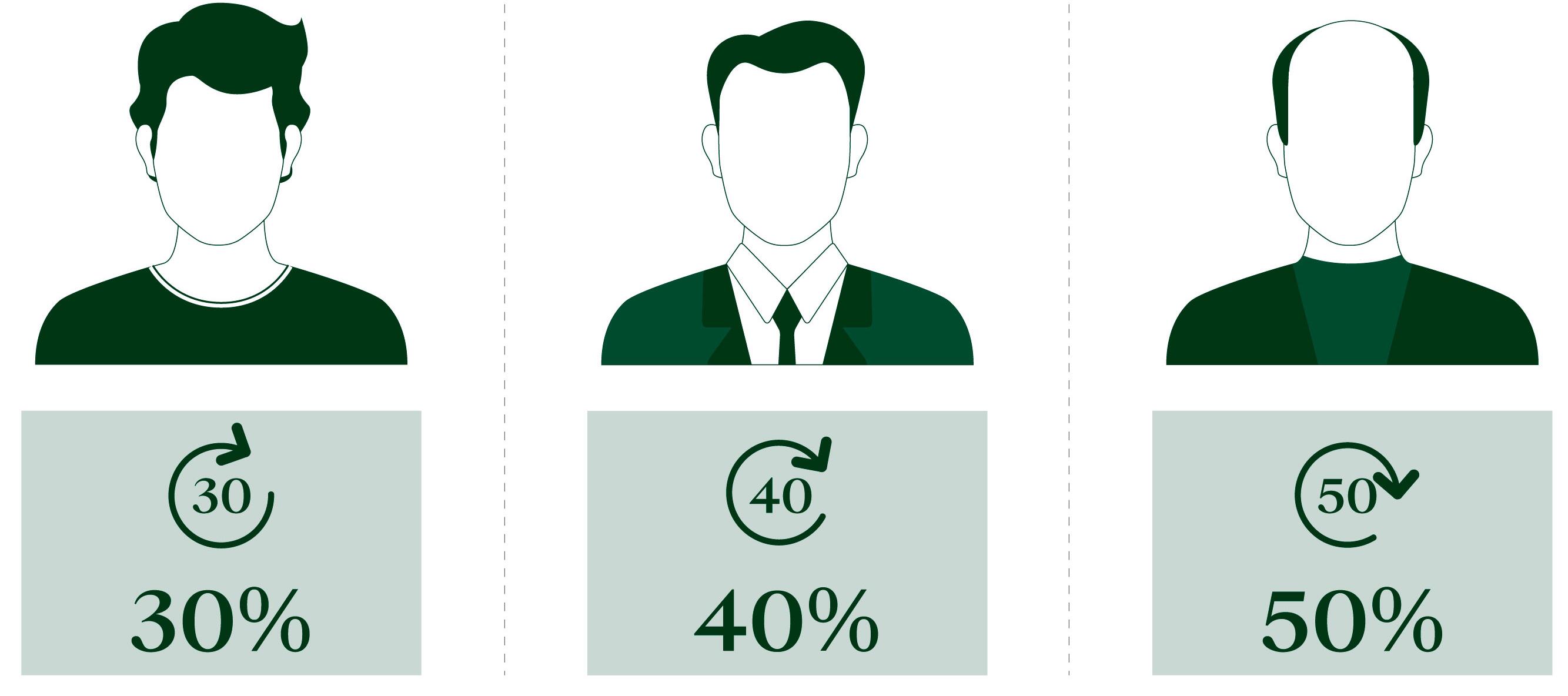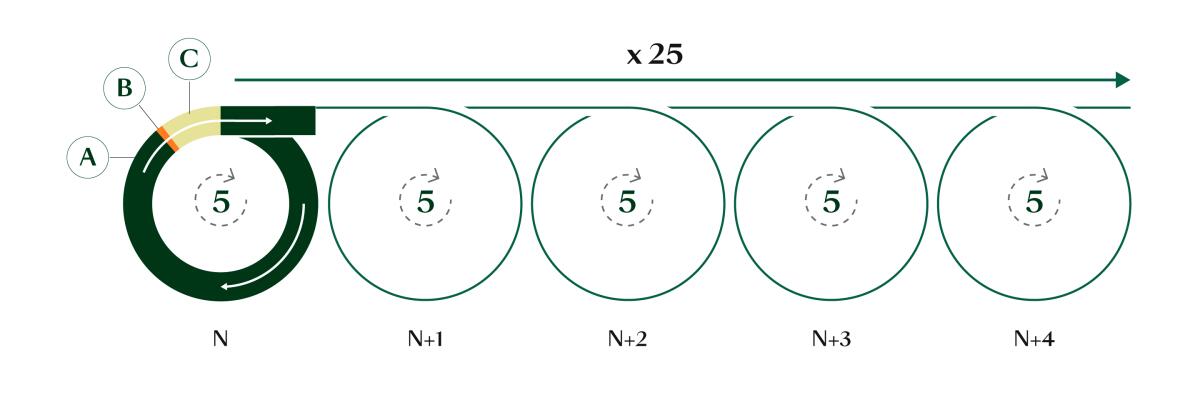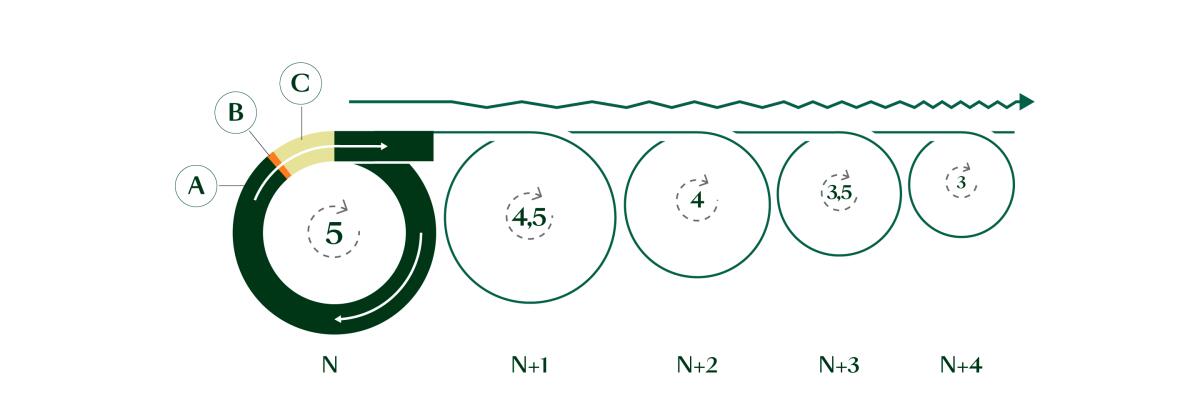If this anagen phase becomes shortened, it is because the scalp and hair follicles begin to overreact to excess hormones. When we talk about male hormones, we are talking about testosterone. Its usual conversion to DHT (dihydrotestosterone) by the enzyme 5α-reductase must become excessive for it to affect the life cycle of the hair. And it is the hyperactivity of this enzyme that causes an overproduction of DHT which is responsible for the shortening of the hair's life cycle.
As a result of the sequence of these biological factors, we observe a thinning of the hair mass due to abundant hair loss with thinning, or even total disappearance, of hair on large areas of the scalp.
External phenomena such as fatigue, stress, vitamin deficiency and the use of hair products that are harsh on the scalp can accelerate the causes of baldness.
Progressive hair loss in men is not inevitable. There are anti-hair loss treatments
Hair loss is a source of anxiety for men who see their hair gradually losing density, bald areas appear and before long they are left without hair. What makes this process even more anxiety-inducing is that, very often, members of their entourage (father, uncles, brothers, cousins etc.) suffer the same fate.








